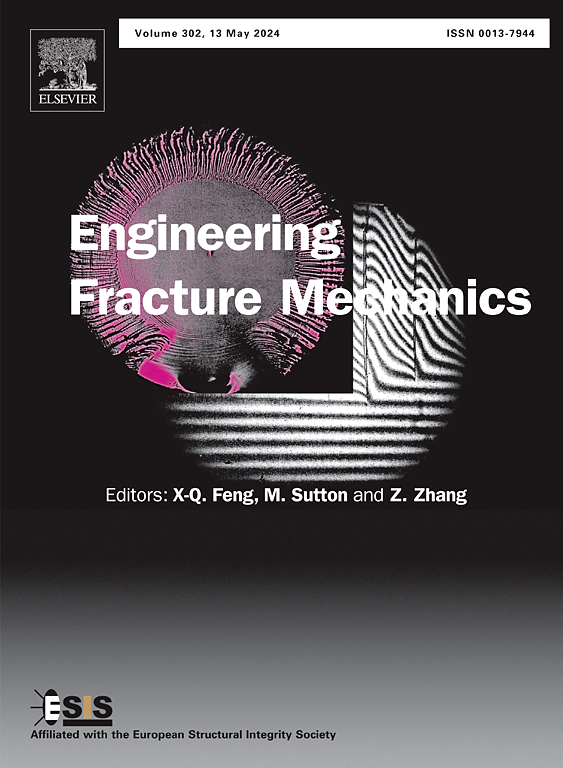锥形凿岩机切削参数对岩石破碎影响的数值研究
IF 4.7
2区 工程技术
Q1 MECHANICS
引用次数: 0
摘要
为全面了解掘进机切削参数对岩石破碎的影响,本文利用离散元法(DEM)对使用锥形镐进行的岩石垂直压痕试验进行了数值研究。将锥角、攻角和切削深度等三个关键切削参数作为自变量进行分析,以阐明它们对岩石破碎特性(如峰值切削力和比能量)的影响。研究结果表明,岩石的最终破坏主要是由每个局部断裂产生的微裂缝累积造成的,主要受拉伸破坏的支配。随着锥角的增大,峰值切削力和比能量都呈现出单调上升的趋势,而锥形截齿顶端的最大应力则呈现出波动模式。为了在成本效益和高效破岩之间取得平衡,建议最佳锥角范围为 55° 至 100°。随着攻击角的增大,峰值切削力和比能量呈指数下降,最佳范围为 70° 至 90°。在总长度固定为 60 毫米的连续切削条件下,平均峰值切削力随切削深度的增加而增加,而平均比能量则先减后增,确定最佳切削深度为 20 毫米。这些发现对优化掘进机的切割参数以提高机械化挖掘效率具有重要的工程意义。本文章由计算机程序翻译,如有差异,请以英文原文为准。
Numerical investigation on the influence of cutting parameters on rock breakage using a conical pick
To comprehensively understand the effects of roadheader cutting parameters on rock breakage, this paper conducts a numerical investigation of rock vertical indentation tests using a conical pick, utilizing the discrete element method (DEM). Three crucial cutting parameters, including cone angle, attack angle, and cutting depth, are analyzed as independent variables to elucidate their impact on rock breakage characteristics, such as peak cutting force and specific energy. The research results indicate that the ultimate failure of rock is primarily caused by the accumulation of microcracks from each local fracture, predominantly governed by tensile failure. As the cone angle increases, both the peak cutting force and specific energy exhibit a monotonic upward trend, while the maximum stress at the tip of the conical pick shows a fluctuating pattern. To achieve a balance between cost effectiveness and efficient rock breakage, an optimal cone angle range of 55° to 100° is recommended. The peak cutting force and specific energy decease exponentially as the attack angle increases, with an optimal range of 70° to 90°. Under continuous cutting conditions with a fixed total length of 60 mm, the average peak cutting force increases with cutting depth, while the average specific energy initially decreases and then increases, identifying an optimal cutting depth of 20 mm. These findings have significant engineering implications for optimizing the cutting parameters of roadheader to enhance the efficiency of mechanized excavation.
求助全文
通过发布文献求助,成功后即可免费获取论文全文。
去求助
来源期刊
CiteScore
8.70
自引率
13.00%
发文量
606
审稿时长
74 days
期刊介绍:
EFM covers a broad range of topics in fracture mechanics to be of interest and use to both researchers and practitioners. Contributions are welcome which address the fracture behavior of conventional engineering material systems as well as newly emerging material systems. Contributions on developments in the areas of mechanics and materials science strongly related to fracture mechanics are also welcome. Papers on fatigue are welcome if they treat the fatigue process using the methods of fracture mechanics.

 求助内容:
求助内容: 应助结果提醒方式:
应助结果提醒方式:


